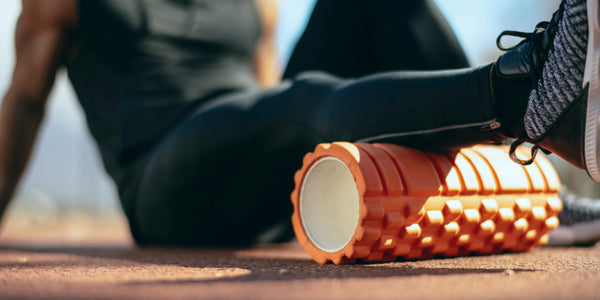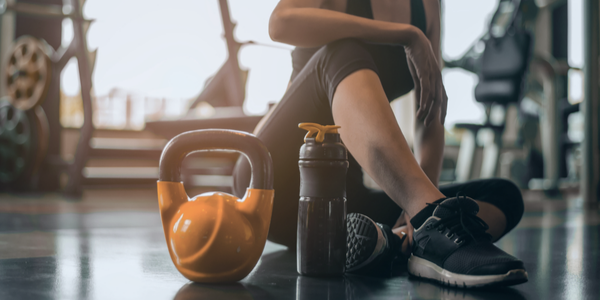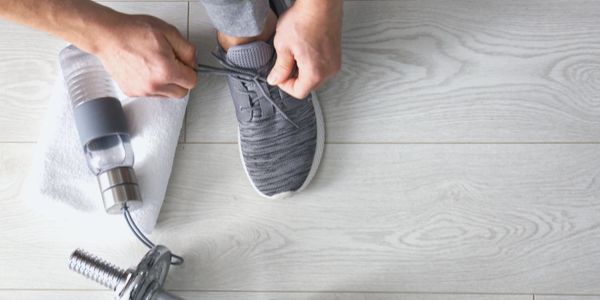
Stretches, warm-ups, and cool-downs are just as essential as the main exercise practice.
With the popularity of foam roller stretches, how do they accommodate workout recoveries? Should you be foam rolling, too?
What Is Foam Rolling?
Foam rolling utilizes a foam roller to provide myofascial release, or the relaxation of contracting muscles. When you exercise, muscle fibers tear and swell and can create adhesions, or thick "knots" of muscle fibers, over time.
Foam rolling exercises helps smooth and lengthen tight muscles. When muscles are relaxed, blood flow and circulation is improved and promote a speedier recovery.
7 DOs and DON'Ts of Foam Rolling
Foam roller stretching can contribute to successful post-workout recoveries. Unfortunately, though, foam rolling exercises are often misperformed, reducing their effectiveness.
Increase your recovery success with the dos and don'ts of foam rolling.
The Dos of Foam Rolling
1. Do foam roll for recovery.
Use foam rolling exercises to help the body recover from sore muscles, as they can help speed up the post-workout recovery and healing processes.
This keeps the body healthy and ready to go for the next workout session.
2. Do go slow with foam rolling exercises.
Position the foam roller on the direct muscle you are targeting, then position yourself over the roll.
Relax and use your body weight to slowly roll over each area at least 5 to 10 times. Feel free to pause to relieve tension.
3. Do spend more time on sensitive areas.
Although you can and should target all body areas, spend more time on sensitive areas.
Continue rolling back and forth until the tenderness eases.
4. Do stay hydrated when foam rolling.
Dehydrated muscles can create more harm than good. It is important to stay hydrated and drink lots of water after foam rolling!
The Don'ts of Foam Rolling
5. Don't undermine their need and importance.
Effective foam rolling can be used and needed to rid and reduce muscle adhesions. Do not think foam roller stretching is only for high level athletes!
6. Don't only use foam rollers for sore muscles.
Don't assume foam rolling is only for flared muscles.
In fact, foam roller exercises can also be used as part of a warm-up or cool-down routine. They assist in improving muscle length and flexibility as well.
7. Don't think they all rollers are the same.
Not all foam rollers are created and treated the same. Low-density rollers will provide less pressure compared to more firm, high-density rollers.
8. Don't ignore the pain.
If you have ever used a foam roller, you may know its use is quite different than a relaxed massage.
However, it is important to discontinue rolling if the pain is unbearable. Foam rolling should be uncomfortable, but tolerable.







